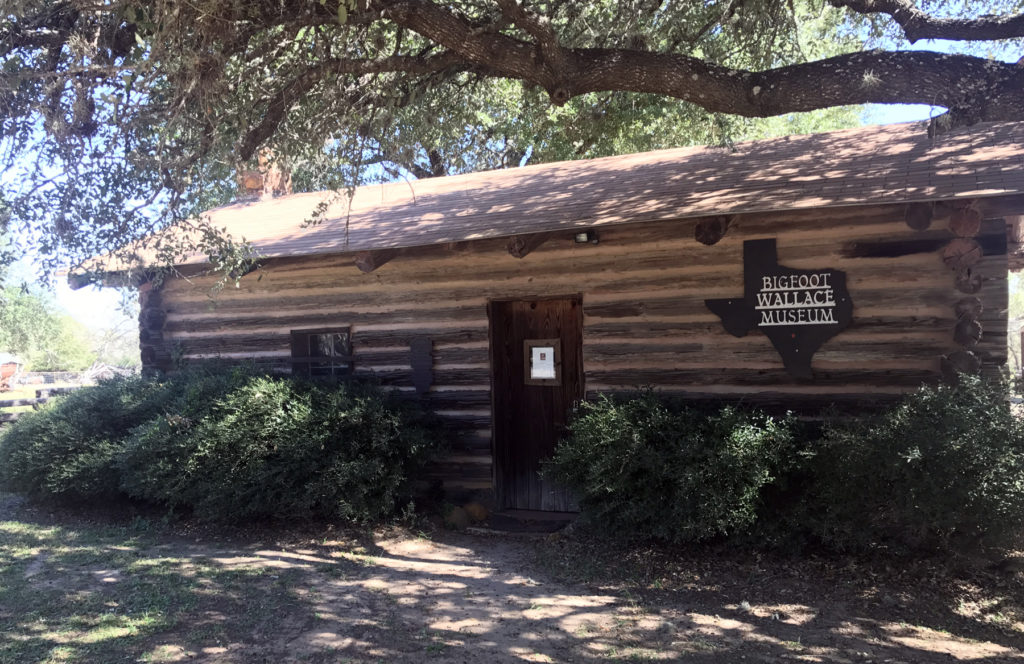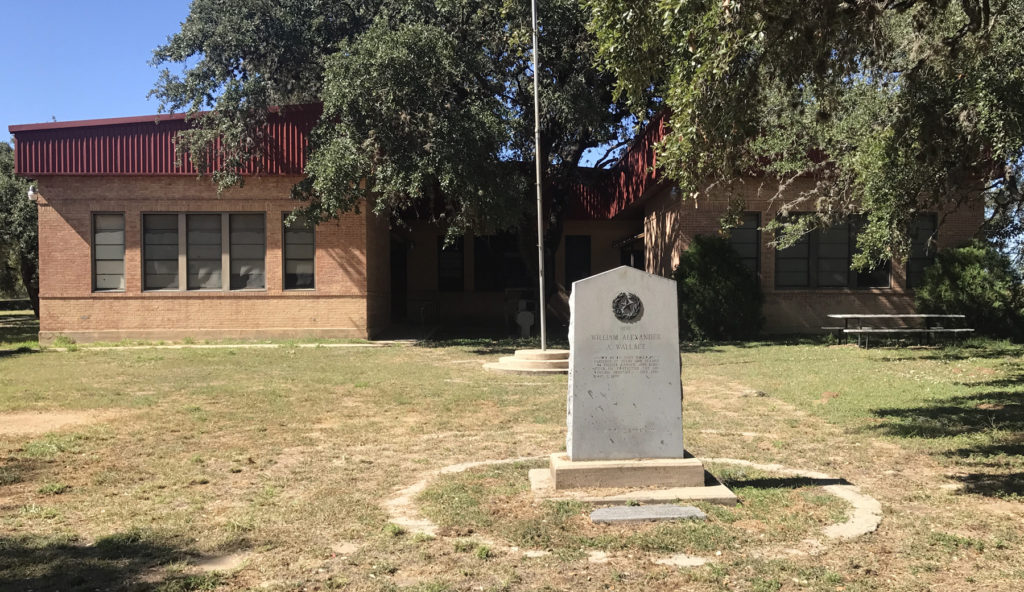

William Alexander Anderson (A. A.) “Big Foot” Wallace is recognized in the Texas Ranger Hall of Fame as one of 30 Texas Rangers who contributed to the establishment of the new Republic of Texas.(texasranger.org). Born on April 3, 1817, in Lexington, Virginia, Wallace came to Texas in 1842 to avenge the deaths of a brother and cousin who had been killed in the Goliad Massacre. Upon arriving, the Republic had been established, so, settling near La Grange, Wallace tried farming. Finding that not to his liking, he moved to Austin, which he found too populated, and thus he moved to San Antonio.
Wallace joined the Texas Army, which fought General Adrian Woll as the Mexican Army was moving to invade San Antonio, and he then volunteered for the Somervell and Mier Expeditions. Wallace was one of those taken prisoner in the Perote Prison and survived the “black bean” incident.
Upon his release from Mexican imprisonment, Wallace joined the Texas Rangers under the renowned Jack Hays. He served in Captain R. A. Gillespie’s Company of Texas Mounted Volunteers in the U.S. Army during the Mexican War. During the Civil War, however, Wallace remained in Texas, again serving the Texas Rangers by fighting border bandits, Indians, and marauding Union soldiers, in which his tracking skills were put to good use. Another service Wallace contributed to the young Republic was to carry the mail for the Pony Express from San Antonio and El Paso.
Wallace eventually made his home in northeastern Frio County, his cabin being located near a small community which was first settled around 1865. The community was originally known as Connally’s Store, in reference to Bob Connally. In the 1880s, a Baptist Church was organized, and W. T. Winters established a gin mill. The post office, secured by James Connally, was established in 1883, and he named the community Bigfoot in honor of their esteemed resident.
Interestingly, the name “Bigfoot” came from a large Indian who had stolen livestock from local settlers. A friend of Wallace, William Fox, jokingly applied the sobriquet to Wallace, saying that “when the Indian wasn’t around, Wallace, also a large man, could easily take his place.” More of the story purports that Fox was killed in a raid by the “bigfooted” Indian several years later.

Continuing to prosper, by the 1890s, Bigfoot had a general store and a population of around 25. By 1907, the population had grown to 146, and a public school had opened for which three teachers were serving 105 pupils. Unfortunately, a fire in1903 destroyed the town’s business section, and the population of Bigfoot began to decline. It had dropped to approximately 100 by the 1930s.
In 1949, The Bigfoot School consolidated with Devine. Then, in the 1950s, the Bigfoot oilfield developed south of the community, and the population again increased, reaching 210 and boasting three churches and several businesses and homes. In subsequent years, the population rose and fell, but Bigfoot still had its post office, two businesses, and three churches. As of 2000, the population stood at 304, and today, the post office continues to serve its community.
The Bigfoot Museum, however, remains as the pride of Bigfoot, Texas. To house and preserve artifacts of Wallace’s illustrious life, a building was created as an exact replica of “Bigfoot” Wallace’s cabin. Reportedly, philanthropist and Bigfoot resident Bunyan Blackwell did extensive planning and organizing to get the museum established. It opened in 1954, and later, additional rooms were added to the “original” cabin to house numerous related items of interest in order to “preserve the colorful heritage of Bigfoot Wallace’s adopted state,” according to bigfoottx.com. Adjacent to the museum stands a replica of the building where the Texas Declaration of Independence was signed at Washington-on-the-Brazos. On display inside are antique wagons, buggies, and clothing from the past.
Wallace, who never married, died on January 7, 1899. Initially, he was buried in Longview Cemetery, but later, his remains were moved to the State Cemetery in Austin.